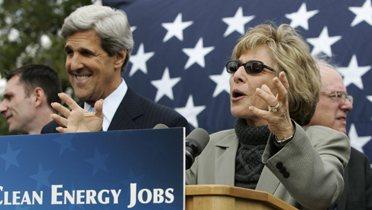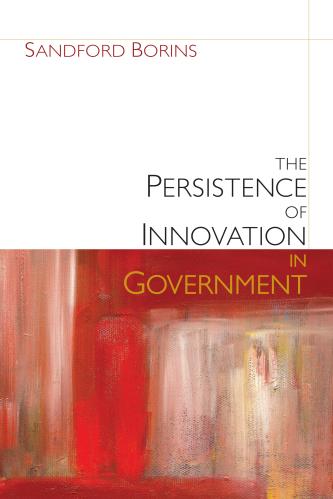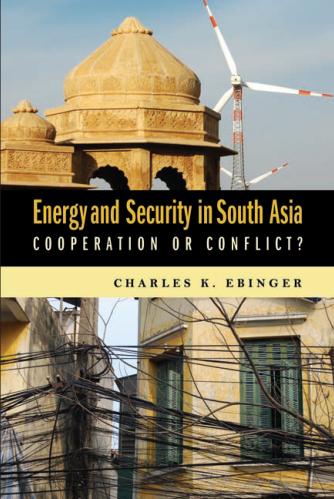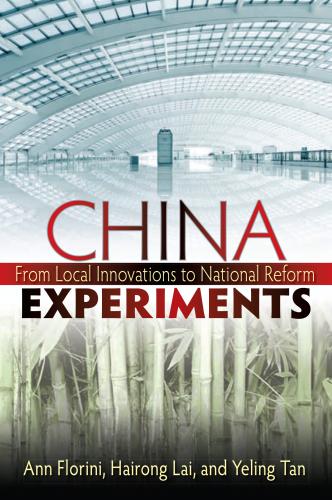Over and over America has looked to the West to work out the future. In this thinly populated terrain, experiments could still be attempted and national agendas advanced more swiftly than in the congested East, so the federal government has sought breakthroughs of every kind in the Mountain region.
In the West, giant dams now generate electricity in new ways. Major science research laboratories lead our nation’s alternative energy program. And for that matter, military test sites, engineering programs, and research and development contracts with universities have contributed to a constant dynamic of radical invention in the Intermountain states. For a century and more, in short, the West has provided an inviting frontier for technological innovation and experimentation, and a powerful symbiosis between federal and Western resources has emerged there.
Now, as the nation works out another future—a clean energy future—in order to create a more competitive “next economy,” it should look once again to the Intermountain West.
As in the past, a mutually beneficial synergy supportive of the nation’s and region’s interests appears not just possible but necessary.
America needs to transform its energy system to reduce its carbon intensity and make clean energy cheap. At the same time, the Intermountain West region (including Arizona, Colorado, Idaho, New Mexico, Nevada, and Utah) possesses a unique confluence of world-class innovation assets (research universities, national and corporate research labs, and top-fl ight science and engineering talent); varied energy resources ranging from lowsulfur coal to solar, wind, and geothermal energy potential; and unparalleled opportunities to build out next-generation energy systems, whether smart energy grids or energy efficient buildings, as future population growth demands the building of new infrastructure from the ground-up.
In view of that, this brief contends that a new partnership should be forged between the federal government and the Intermountain states metropolitan areas to leverage the region’s unique strengths in support of the national interest.
To begin that partnership the federal government should construct in the Mountain region a distributed network of federally funded, commercialization-oriented sustainable energy research centers. These regional centers would combine aspects of the “discovery-innovation institutes” concept proposed by the National Academy of Engineering and the Metropolitan Policy Program at Brookings (as articulated in the Brookings paper “Energy Discovery-Innovation Institutes: A Step toward America’s Energy Sustainability”); the “energy innovation hubs” being created by the U.S. Department of Energy (DOE); and the agricultural experiment station/cooperative extension model of the land-grant universities that has played such an important role in the growth of the West.
In the spirit of the earlier land-grant university paradigm, the new network would involve the region’s research universities and national labs and invoke strong participation from industry, entrepreneurs, and investors as well as state and local government. Each individual breakthrough center would have a different theme, though all would conduct focused translational research necessary to move fundamental scientific discoveries from the laboratory to commercialization to system-wide deployment.
Done correctly, these centers could be just as transformational as the construction of the major science-engineering-technology-military complex that the nation brought into being in the West during World War II and the Cold War. If created at the scale envisioned here, a new generation of high-powered university-industry-government clean energy innovation partnerships would have the power to catalyze the growth of a major new clean-energy economy in the region perhaps even more signifi cant than the microchip and aerospace industries created by mid-century defense investments. At a minimum, seeding the aridlands with an array of high-intensity research centers would introduce a powerful model for linking national leadership and local capabilities in service of national and regional prosperity.
The Brookings Institution is committed to quality, independence, and impact.
We are supported by a diverse array of funders. In line with our values and policies, each Brookings publication represents the sole views of its author(s).








